Our computing curriculum has been designed to build on our children’s growing use of technology and to equip them with the knowledge and creativity required to navigate and succeed in our increasingly digitalised world. We empower our children to be digitally literate, safe and responsible consumers, but most importantly creators, of a range of technology. We are forward thinking and prepare our children for technological developments and recognise the challenges and opportunities that technology may provide in the future. Online safety is embedded throughout our computing curriculum and across our school.
Our key computing concepts: to connect, to code, to communicate and to collect underpin our use of technology across the curriculum which ensures that these concepts are mastered over time. We ensure that technology is used effectively in other subjects and in our continuous provision to make learning creative and accessible. We teach our children to be fluent with a range of tools to express their understanding and have the independence and confidence to choose the best tool to fulfil the challenge.
Our computing milestones define the standards for the key concepts. We expect children in year 1 of the milestone to develop a basic understanding of the concepts and an advancing or deep understanding and level of independence in year 2 of the milestone.
Our teaching of computing combines discrete lessons in which children learn precise technological vocabulary with daily opportunities to use technology creatively and responsibly across the curriculum. Within our continuous provision, our children are empowered to publish their own learning through the platform Seesaw in increasingly creative ways to build their intrinsic motivation and to ensure progression. This frequent practice allows our children to move their learning from working into long term memory becoming masters of this technology.
Our key concepts are revisited in both years, in each key stage, which enables pupils to reinforce and build upon prior learning, make connections and develop subject-specific language.
- To connect: our teachers model and discuss how to use social media safely, positively and responsibly and children have opportunities to use technology such as Seesaw within the school to network with other children
- To code: our children use a range of developmentally challenging technology including Beebots and Scratch Jr to develop their knowledge of coding and learn how this links to future job opportunities
- To communicate: our children use a range of programs and systems to communicate ideas, work and messages
- To collect: our children learn how to recognise and retrieve information from a range of sources and record using simple databases
The impact is that by the end of each milestone, the vast majority of children have sustained understanding of the content and have an increasing mastery of the key concepts. We track our children’s progress carefully within computing lessons and across the curriculum through observation and our children learn to discuss, reflect and appreciate the impact computing has on their learning, development and well-being.
The way pupils showcase, share, celebrate and publish their work will best show the impact of our curriculum. We also look for evidence through reviewing pupil’s knowledge and skills digitally through platforms such as Seesaw.
Possibilities:
At Uplands Infant School we recognise that technology underpins today’s modern lifestyle. Our vision is to develop independent learners who are well equipped for their future. We aim for our children to gain the fundamental skills, knowledge and understanding of computing to enable them to participate effectively and safely in a digital world.
Environment:
Within the environment, our children will have access to appropriate technology to thrive in the digital age. We want boys and girls to enjoy STEM learning and feel confident when using technology throughout their education.
Diversity:
We value the hard work of many influential people who have helped change the world of Computing. We recognise that although they had varying levels of education and were from a diverse range of backgrounds, they all shared the same type of curiosity and drive, which we aim to instil in our children.
Opportunities for the future
We want our children to have no limits to what their ambitions are and grow up wanting to be video game designers, web developers, IT consultants, programmer analyst, social media marketers, graphic designers, software engineers, IT technicians, network specialists.
Online Safety
With technology updating so quickly, it is fantastic that we now have the world at our fingertips and can learn in new and engaging ways. However, we have to make sure that we are using technology safely and appropriately and that our children are aware of the potential dangers online. As part of our Computing curriculum, children are taught how to keep safe online and we have had numerous discussions about using the internet safely. We ensure children gain an understanding of what it means to behave respectfully towards others and to know that they, themselves, have the right to be treated respectfully as well. This can continue at home with the help of the following websites which offer advice and guidelines for parents.
Childnet offer a toolkit to support parents and carers of children of any age to start discussions about their online life, to set boundaries around online behaviour and technology use, and to find out where to get more help and support.
Common sense media provide independent reviews, age ratings, & other information about all types of media for children and their parents.
https://www.commonsensemedia.org/
Internet Matters provide age-specific online safety checklists, guides on how to set parental controls on a range of devices, and a host of practical tips to help children get the most out of their digital world.
London Grid for Learning provides support for parents and carers to keep their children safe online, including tips to keep primary aged children safe online.
UK Safer Internet Centre provide tips, advice, guides and other resources to help keep children safe.
https://saferinternet.org.uk/guide-and-resource/parents-and-carers
Whole school overview
Year 1 - In Class Learning - 2023-2024
This week in computing, Year 1 have been learning about different types of robots. We learnt that robots need us to give them commands for them to carry out what we want them to do. We used the buttons on the Beebots to experiment and see if they would carry out the commands that we programmed into them. We used the ‘forward’, ‘backward’, ‘left’, ‘right’ and the ‘go’ buttons.
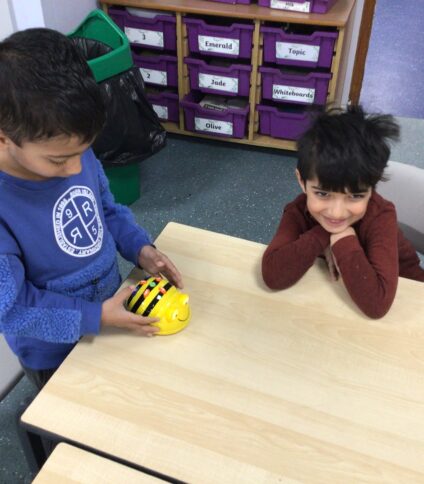

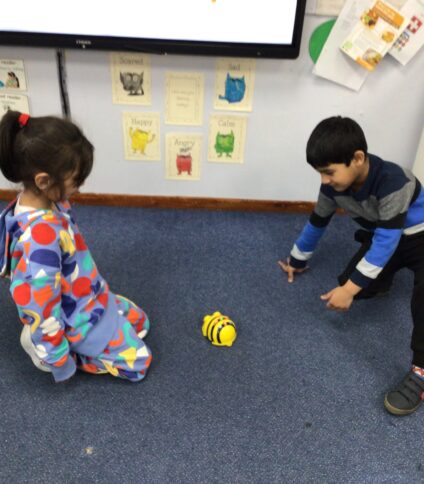

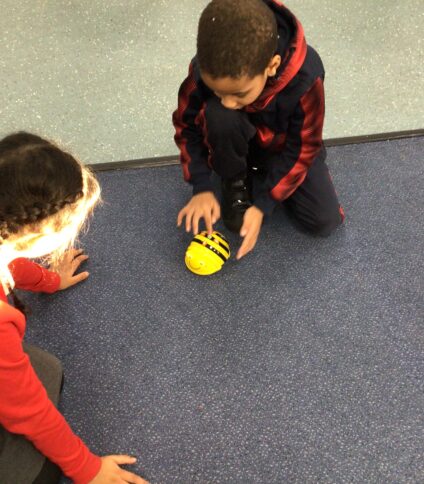

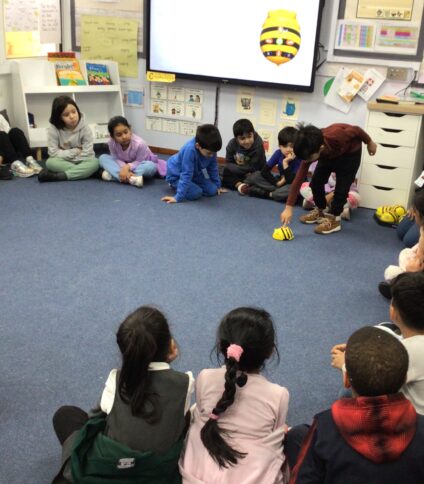

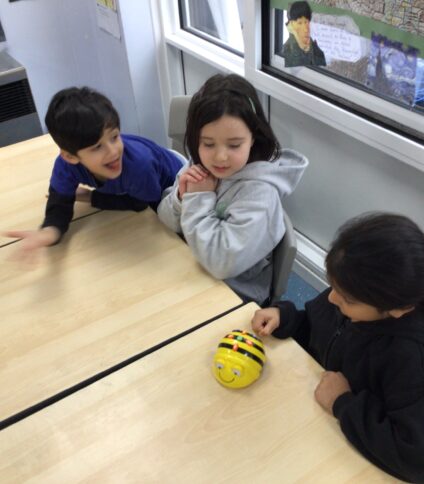

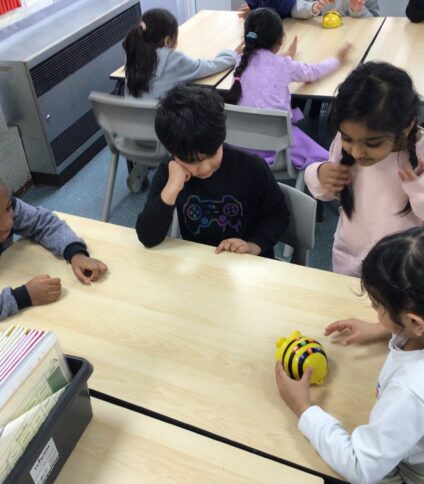

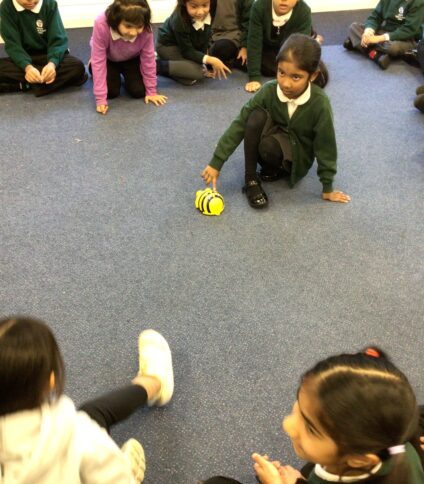

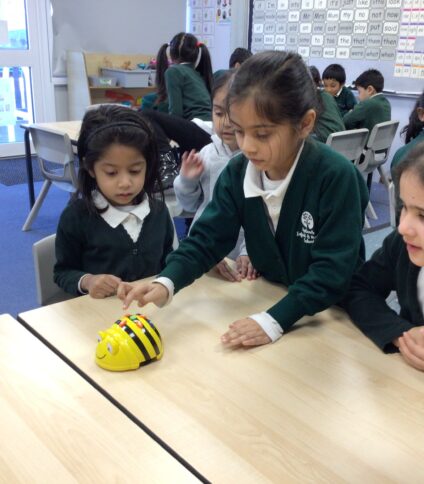

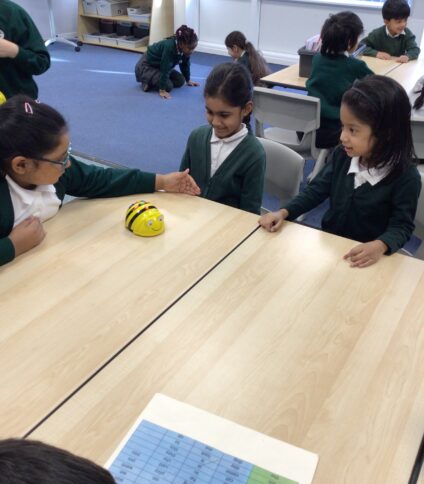

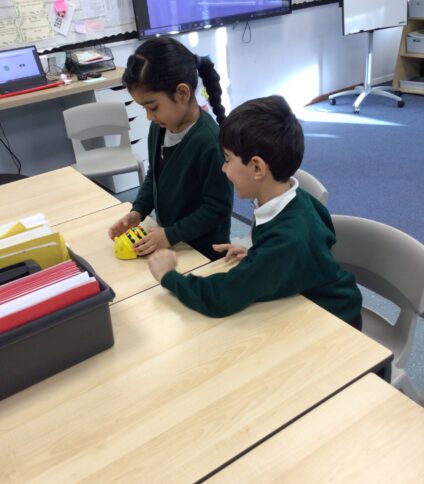

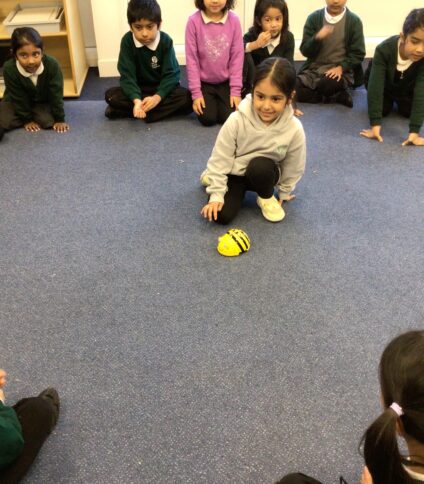

In Class Learning - 2022-2023
In Year 1, children have been exploring developing algorithms and create commands to move a robot. Using that knowledge to predict the outcome of programmer.
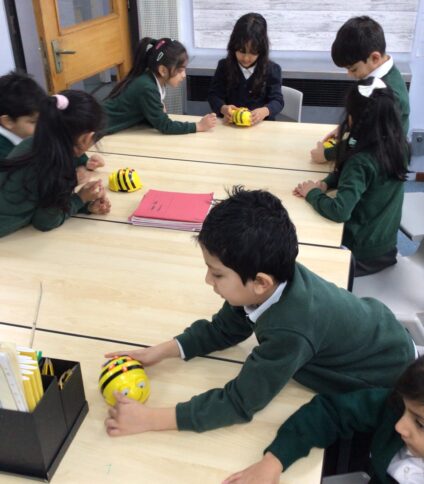

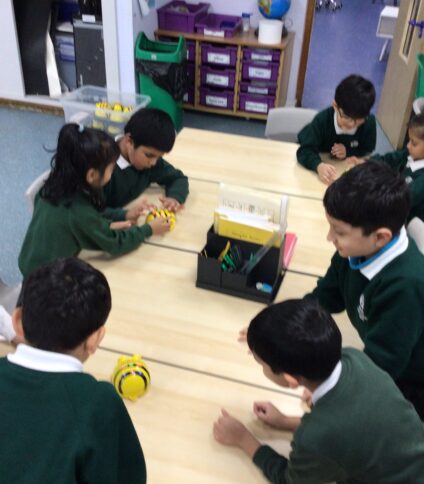

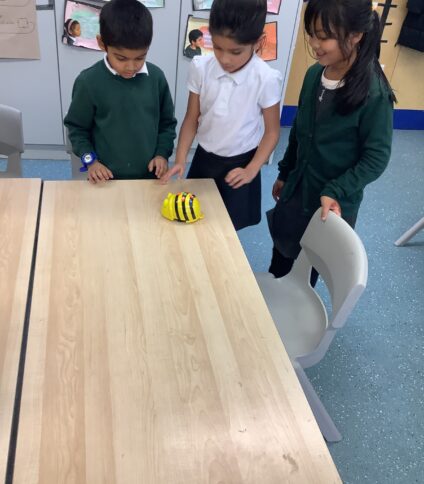

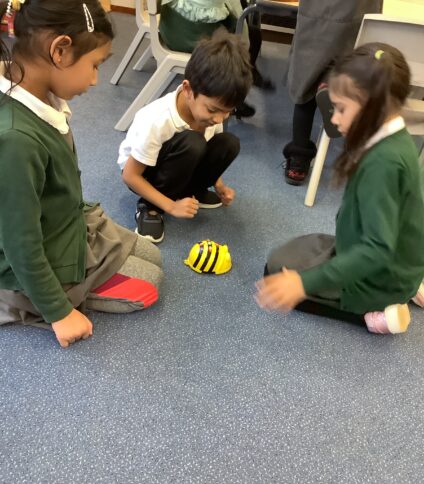

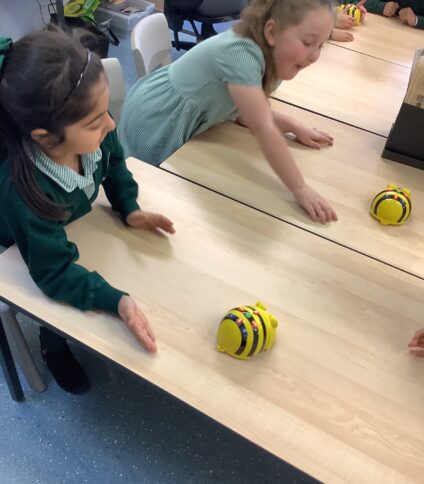

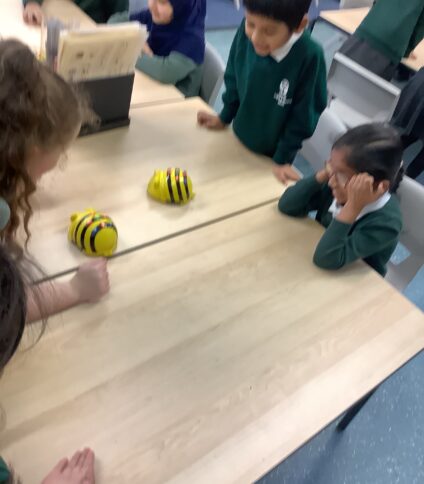

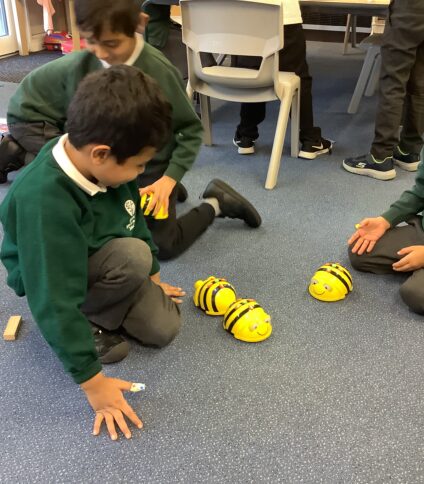

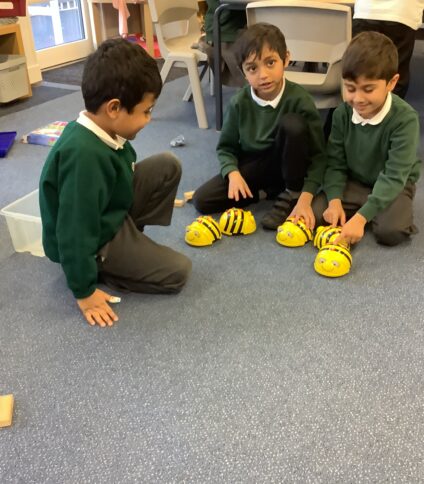

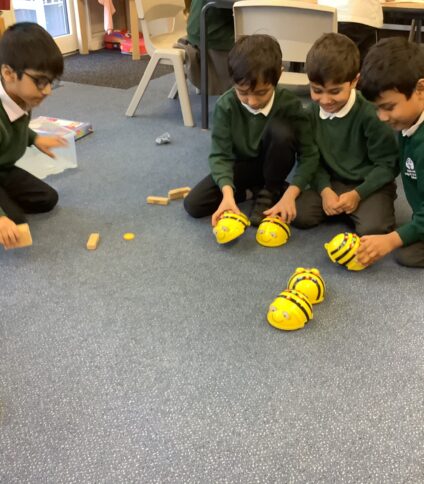

In Class Learning - Videos - 2022-23
In Computing, we have been learning about the different types of technology around us. Technology is something that is made by people to help us. Here are some videos of the children in Robins explaining what things they think technology can be and how they can help us.
In Class Learning - 2021-22
In Computing, we have been learning about the different tools available for digital painting such as broad pen, fine pen, paint brush, eraser, drag and drop, text box and shapes etc. Using these tools, we created self-portraits. Here are some examples of our work:
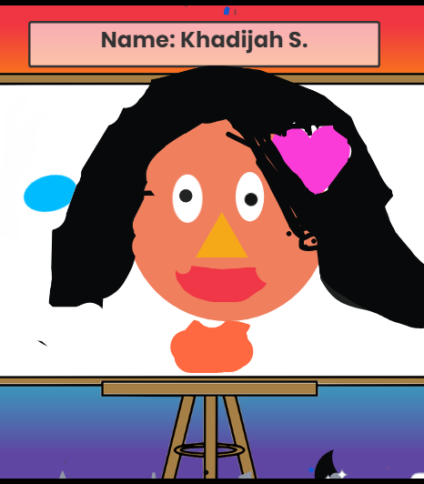

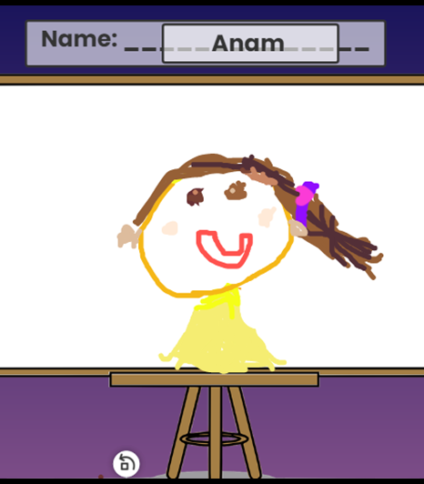

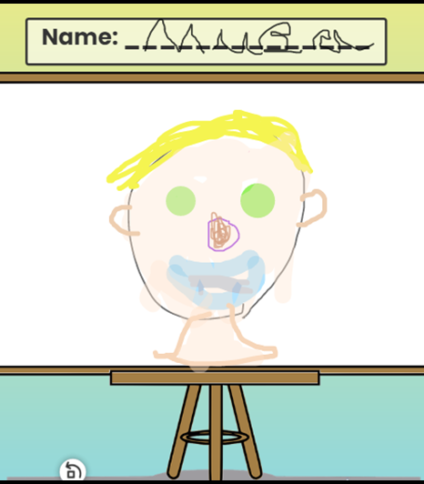

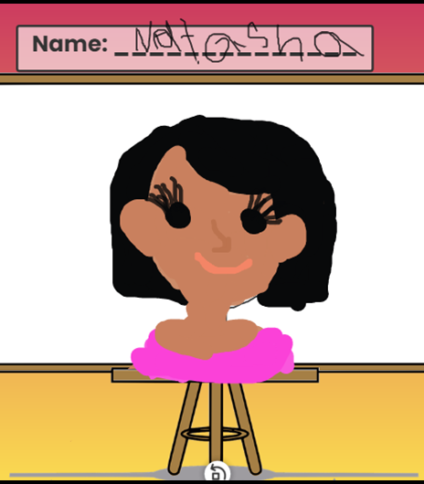

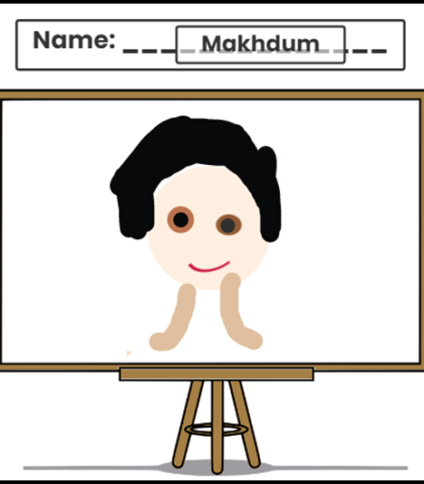

Videos 2021-22
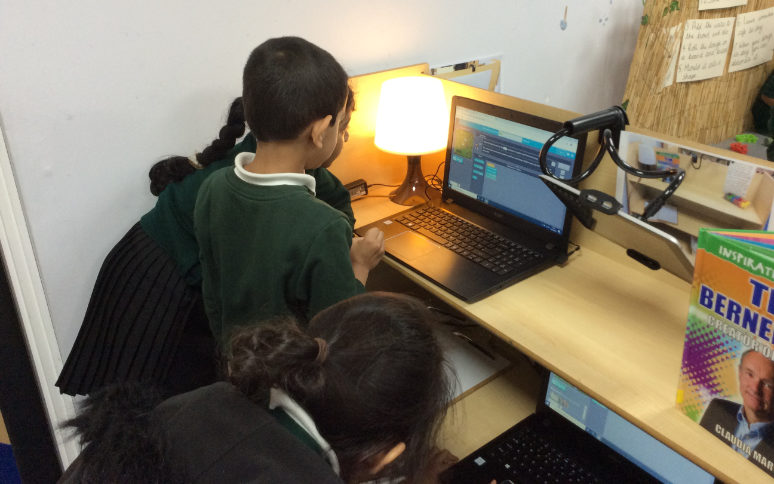
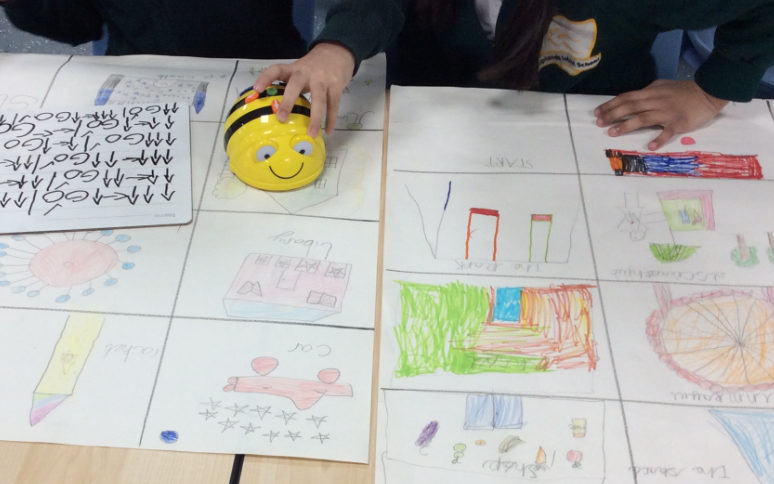
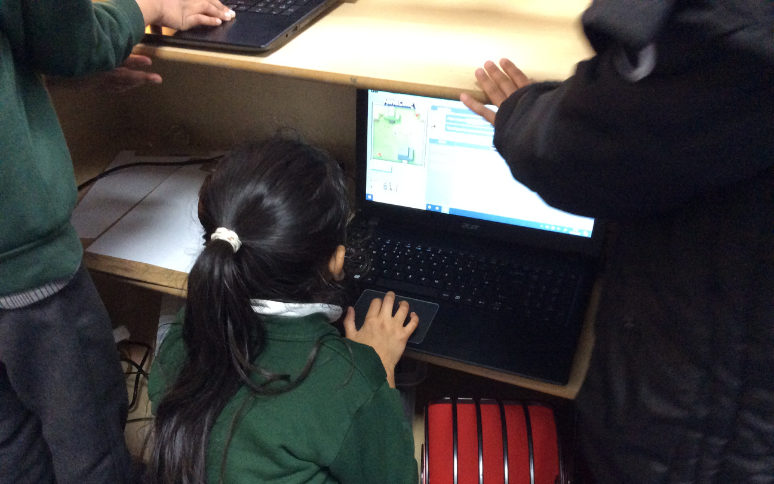
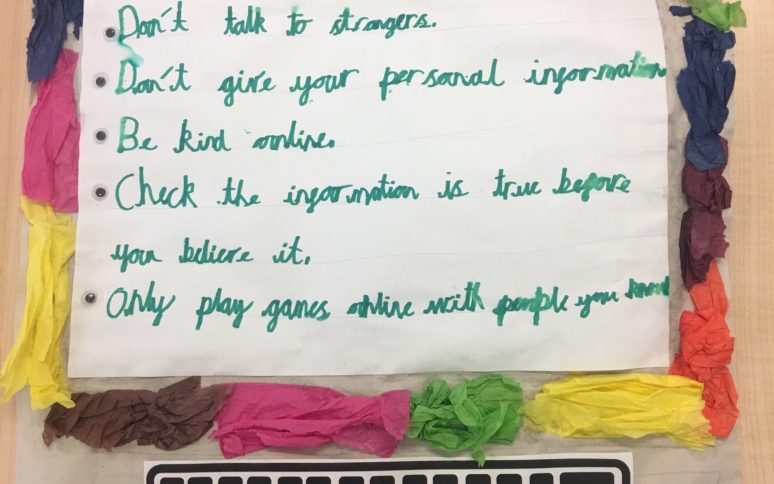
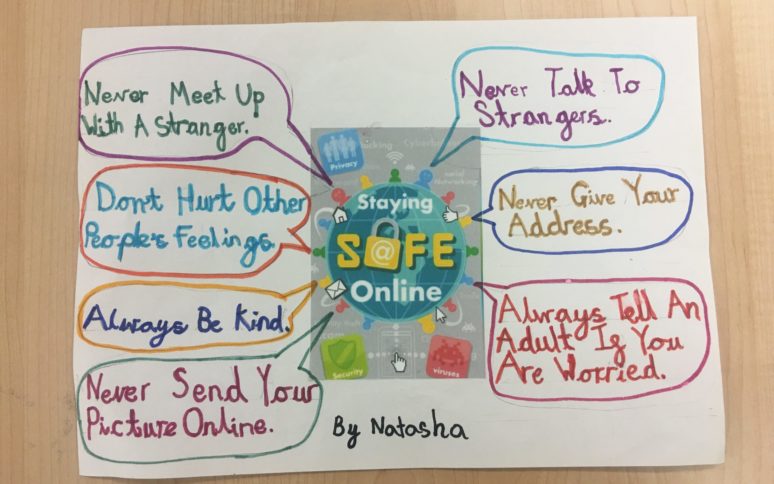
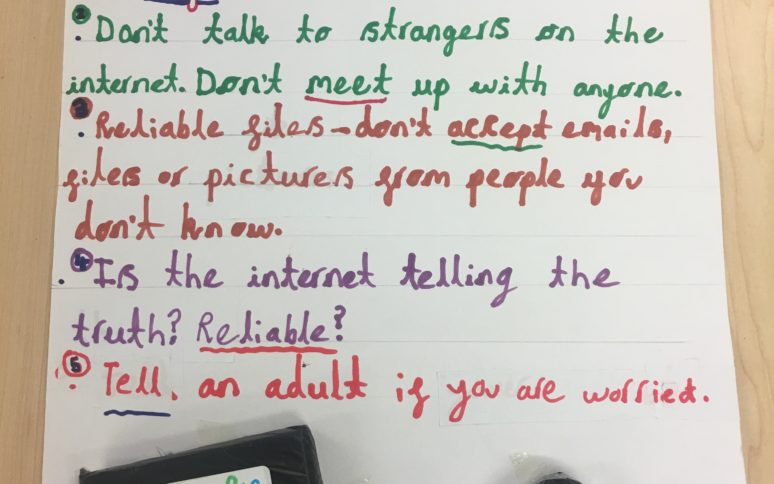
Abbey Pumping Station Museum of Science and Technology
Corporation Rd, Leicester LE4 5PX
The National Space Centre
Exploration Dr, Leicester LE4 5NS
The National Museum of Computing
Block H, Bletchley Park, Milton Keynes, MK3 6EB
New Walk Museum
53 New Walk, Leicester LE1 7EA
Newarke Houses Museum
The Newarke, Leicester LE2 7BY
- DK Workbooks: Coding in Scratch: Games Workbook: Create Your Own Fun and Easy Computer by Jon Woodcock
- Coding with ScratchJr (Vol. 1 and 2): Learn How To Create Games and Interactive Stories by Leonardo Nogueira
- Get Set Go: Coding Scratch Jr Making Games by Tech Age Kids
- Coding with Scratch Jr (Ready, Steady, Code!) by Álvaro Scrivano
- Chicken Clicking by Jeanne Willis
